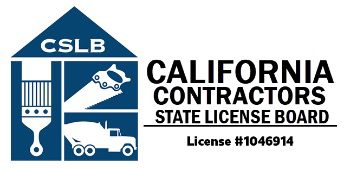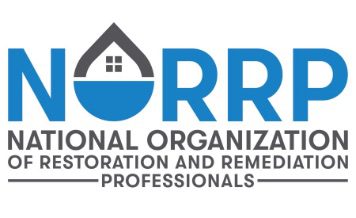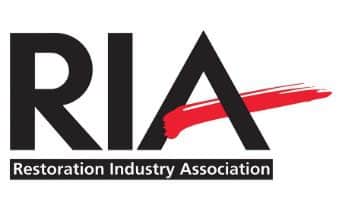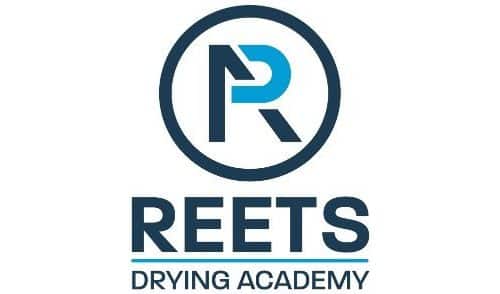Flood Preparedness 101: Building Resilience Through Emergency Family Planning
Flood Preparedness 101: Building Resilience Through Emergency Family Planning
Do you and your family have an emergency plan for a flood in your area?
Floods can strike with little warning, turning your peaceful home into a chaotic and dangerous environment in minutes. Developing a personalized flood emergency plan for your family ensures everyone can safely make it in time.
The process of creating this plan should be inclusive, engaging everyone from the youngest child to the oldest adult. By involving the entire family, you can foster a sense of responsibility, empowerment, and preparedness that mitigates the risks associated with residential flooding.
The Process of Creating Your Emergency Plan for a Flood
While we recommend that everyone in your family participate in creating your emergency plan for a flood, there is no one-size-fits-all strategy for developing the document.
However, here are a few points every good flood emergency plan should consider.
1. Where are your designated meeting points?
One of the most critical aspects of a flood emergency plan is establishing where you meet once a flood has started. These are predetermined locations where family members can reunite if they get separated. It's crucial to choose both indoor and outdoor meeting points:
-
- Indoor Meeting Points: These should be safe areas within your home, preferably on higher floors, away from potential floodwaters. An attic or a second-story room works well.
-
- Outdoor Meeting Points: Select an elevated location outside your home away from preexisting bodies of water. This could be a neighbor's house on higher ground or a nearby landmark that is easily accessible and safe.
2. How will you communicate?
Effective communication is vital in an emergency. Establishing how your family will communicate ensures everyone stays in touch and is informed as things change. Consider starting a family text chain if you don’t have one already, so you have one quickly to hand if things go wrong. You should also list emergency contacts (including other family members not living in the home, neighbors, and local emergency services) that all family members know, preferably from memory.
3. Who is responsible for what?
Assigning age-appropriate tasks is a great way to involve every family member in the emergency plan. This distributes the workload and helps each person understand who is responsible for what task during an emergency.
-
- Young Children: Assign simple tasks, such as packing their emergency kits with their favorite toys and essentials.
-
- Teens: Involve them in more complex tasks, like checking emergency supplies, helping to secure the home, and staying informed on local weather and flood warnings.
-
- Adults: Take charge of critical tasks such as gathering important documents, securing the home, and ensuring that emergency kits are well-stocked.
By assigning tasks based on age and capability, each family member contributes to the preparedness effort, enhancing the plan's overall effectiveness.
How Can Dry Kings Help?
Creating a personalized flood emergency plan involving the whole family is crucial for ensuring everyone's safety. Designating meeting points, establishing communication protocols, and assigning age-appropriate preparedness tasks can help mitigate risks and ensure your recovery is inconvenient rather than catastrophic.
At Dry Kings, we specialize in water damage restoration in Northern California. For additional support in the hours after an emergency, contact our team to learn more about how we can help you restore your home and ensure your family’s future.
Contact
More News
Newsletter
Sign up and receive valuable tips to help you protect your residential building or commercial property from damages.
Awards

















